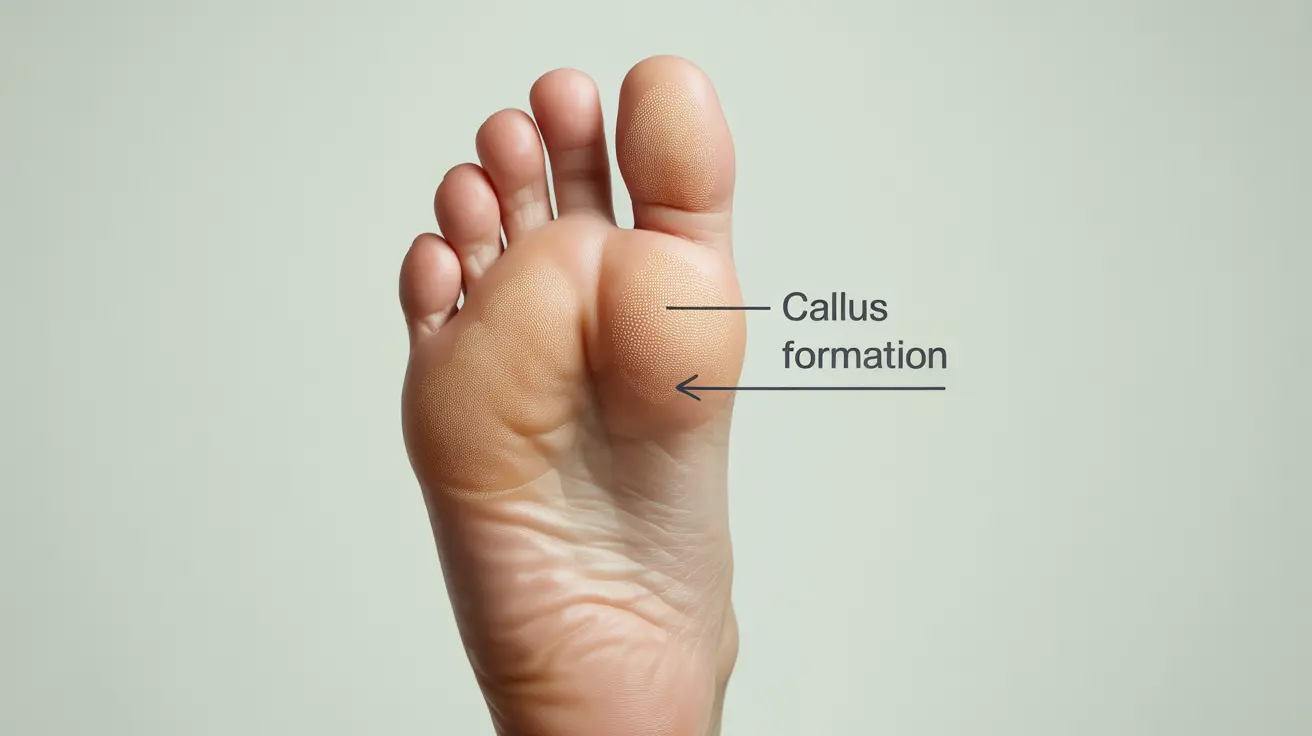Foot calluses are thickened areas of skin that develop in response to repeated pressure or friction. While they serve as a natural protective mechanism, excessive callus buildup can become uncomfortable and even painful. Understanding how to properly manage and remove these tough patches of skin is essential for maintaining healthy feet.
Whether you're dealing with minor calluses or more stubborn formations, there are several safe and effective methods to address this common foot condition. This comprehensive guide will walk you through various treatment options, prevention strategies, and important safety considerations.
Understanding Foot Calluses
Calluses typically form on weight-bearing areas of the feet, such as the heel, ball of the foot, and outer edge of the big toe. They develop as your body's natural defense mechanism against repeated friction or pressure, often caused by ill-fitting shoes, prolonged standing, or abnormal walking patterns.
Safe Home Treatment Methods
Soaking and Exfoliation
One of the most effective ways to soften and remove calluses is through regular foot soaking and gentle exfoliation. Begin by soaking your feet in warm water for 10-15 minutes, adding Epsom salt if desired. After soaking, use a pumice stone or foot file to gently remove the dead skin using circular motions. Never scrub aggressively, as this can damage healthy skin.
Moisturizing Treatments
After exfoliation, apply a thick, moisturizing foot cream containing ingredients like urea, salicylic acid, or glycolic acid. These ingredients help soften the callused skin while providing hydration. For best results, apply the moisturizer before bed and wear cotton socks overnight.
Prevention Strategies
Proper Footwear
Preventing callus formation starts with wearing properly fitted shoes that provide adequate support and cushioning. Ensure there's enough room in the toe box and avoid shoes that create pressure points on your feet. Consider using orthotic inserts if recommended by a healthcare provider.
Daily Foot Care
Maintain a regular foot care routine that includes:
- Daily inspection of your feet
- Regular moisturizing
- Wearing moisture-wicking socks
- Rotating your shoes to allow them to dry completely
When to Seek Professional Help
While many calluses can be managed at home, certain situations require professional medical attention. Consult a healthcare provider if you experience:
- Severe pain or discomfort
- Signs of infection
- Deep cracks or bleeding
- Calluses that worsen despite home treatment
Special Considerations for Diabetics
People with diabetes need to take extra precautions when dealing with foot calluses. Never attempt to remove calluses with sharp objects or chemical treatments. Regular professional foot care is essential to prevent complications. Always consult your healthcare provider before starting any foot treatment regimen.
Frequently Asked Questions
How can I safely get rid of calluses on my feet at home?
You can safely remove calluses at home by soaking your feet in warm water, gently exfoliating with a pumice stone, and applying moisturizing creams. Always use gentle pressure and avoid sharp objects or harsh chemicals.
What are the best home remedies to soften and remove foot calluses?
Effective home remedies include warm water soaks with Epsom salt, using moisturizing creams containing urea or salicylic acid, and gentle exfoliation with a pumice stone. Wearing socks after applying moisturizer can enhance the treatment's effectiveness.
When should I see a doctor or podiatrist for calluses on my feet?
Seek professional help if calluses are painful, show signs of infection, crack or bleed, or don't improve with home treatment. People with diabetes or circulation problems should consult their healthcare provider before attempting any self-treatment.
Are callus pads or cushions effective for preventing and treating foot calluses?
Yes, callus pads and cushions can be effective by redistributing pressure and reducing friction on problem areas. Choose appropriate sizes and materials, and replace them regularly for best results.
What precautions should people with diabetes take when treating calluses on their feet?
Diabetics should never attempt to remove calluses using sharp objects or chemical treatments. Regular professional foot care is essential, and any foot care routine should be approved by their healthcare provider. Daily foot inspection and moisture management are crucial preventive measures.




